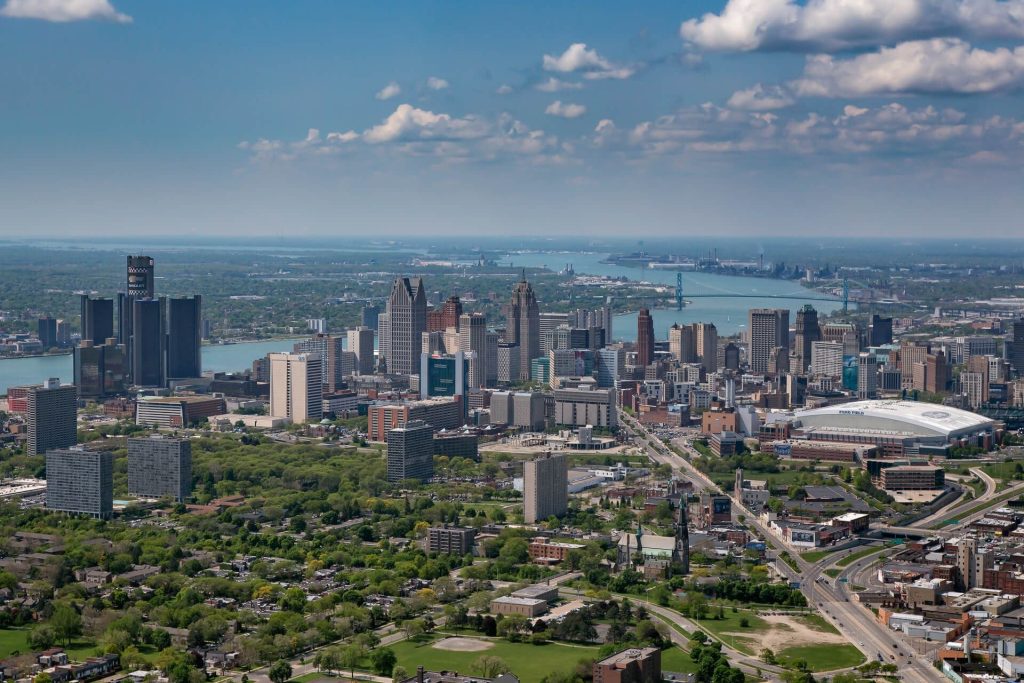
Detroit is an ambiguous city, but it is precisely because of this that it has some kind of mystical attraction. The peak of its development came in the middle of the 20th century, when automobile corporations and enterprises of the US military-industrial complex placed their production here. At that time, Detroit was one of the richest cities in America, but because of the oil and energy crises, everything collapsed. He plunged into depression for decades – many people left because of unemployment, entire residential areas were empty, crime increased.
Today, Detroit is a resurgent ghost town, a visual aid to the success and failure of capitalism in a single city. Tourists come here for the “cine” architecture of America in the 1950s, the supernatural shots of abandoned skyscrapers, the atmosphere of old despair and vague hope.
Attractions
City attractions will show the tourist the history of the rise and fall of Detroit. On the walls of the skyscrapers of Downtown, chapters of success are written, through the openings of the windows of the earlier beautiful and unusual buildings of Midtown, the prose of many years of decline peeps through, the connection between the past and the future is imprinted in the iron ceilings of the Ambassador Bridge.
Detroit has a lot of museums of very different kinds. The automotive theme is featured at the Henry Ford Museum and the Walter Chrysler Museum.
The Institute of Arts, which includes several dozen art galleries, presents works by famous American and world masters, as well as exhibits collected from all continents: furniture, tapestries, jewelry and ceramics. The museum boasts frescoes by Diego Riviera, sculptures by Donatello, paintings by Titian, Degas, Caravaggio.
Huge areas of abandoned “prairie” Middtown with dozens of crumbling buildings and a huge apocalyptic-looking Grand Central Station – especially attract tourists. In contrast to these dull, but bewitching views, Greektown stands out, where entertainment is concentrated, casinos and luxury hotels work.
